Key Takeaways
| Topic | What You Will Learn |
|---|---|
| Croton Growth Diversity | Discover the surprising range and how tall does a Croton plant grow? |
| Factors That Influence Height | Uncover the hidden elements that determine how tall your croton will grow. |
| Indoor vs. Outdoor Growth | Find out the crucial differences between growing crotons inside and outside. |
| Care Tips for Optimal Growth | Learn expert-backed strategies to help your croton thrive. |
| Common Growth Challenges | Avoid these common mistakes that could stunt your croton’s growth. |
| Encouraging Faster Growth | Speed up your croton’s growth with these practical techniques. |
| Managing Croton Size | Master the art of pruning and potting to shape your croton perfectly. |
Understanding Growth of Croton Plants
If you are wondering how tall does a croton plant grows, first answer depends on where it is planted – whether indoors as a houseplant or outdoors where it can reach varying sizes depending on environmental conditions.
Moreover, aside from their captivating beauty and adaptation skills lies an intriguing character – notably diverse height growth unique to each variety. The diversity in maximum heights that different varieties of crotons can reach truly adds another appealing dimension to this plant species.
To fully grasp height diversity among different varieties of crotons – ranging from small types that grow just one foot tall to larger types that can reach an impressive ten feet in maturity- we need to consider various factors influencing this plant.
4 Key Factors That Influence Height of a Croton Plant
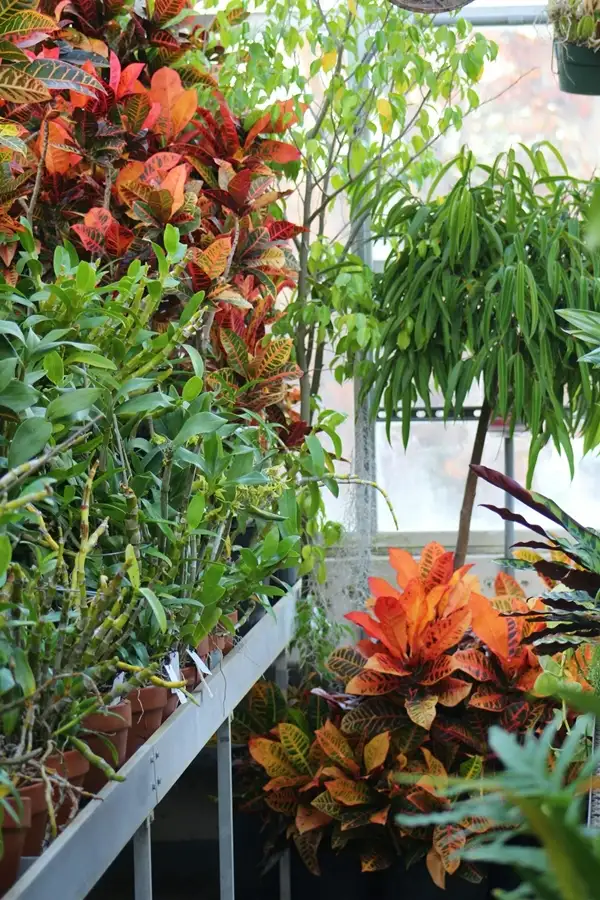
Plant growth is essentially an intricate interplay involving many dynamic factors, including but not limited to genetics, species characteristics (intrinsic), light exposure and intensity (diffuse/direct), soil nutrition value (pH levels and organic content), and humidity (ambient air moisture levels).
Varying factors will lead to distinct repercussions on the final attained height range among individual croton plants, and thus affect how tall does a croton plant grows in a given environment.
| Factor | Impact on Growth |
|---|---|
| Genetics |
|
| Lighting Conditions |
|
| Soil and Nutritional Availability |
|
| Humidity Level |
|

Average Height Range for Indoor and Outdoor Crotons
How Tall Do Outdoor Croton Plants Grow?
On average, your typical outdoor croton variety will grow anywhere from 3-8 feet tall while the more robust varieties can reach heights of up to 10 feet upon maturity.
How Tall Do Indoor Croton Plants Grow?
Meanwhile, as indoor houseplants due to their constrained environmental conditions (smaller pots and less sunlight), they typically range between 2-6 feet in height – still a commendable visual spectacle itself.
However, the disparity extends beyond mere numerical figures; it’s a broad spectrum of plant productivity comparative influences – including light exposure and fertile soils – that accounts for the differences each setting brings. This distinction between final sizes is something Kentucky-based master gardener Dr. John Acharya rightfully warns us about-
“Each home serves as a unique microclimate, and understanding this is key to eventually influencing optimal potential size.”
Height Comparison Indoor vs. Outdoor Crotons
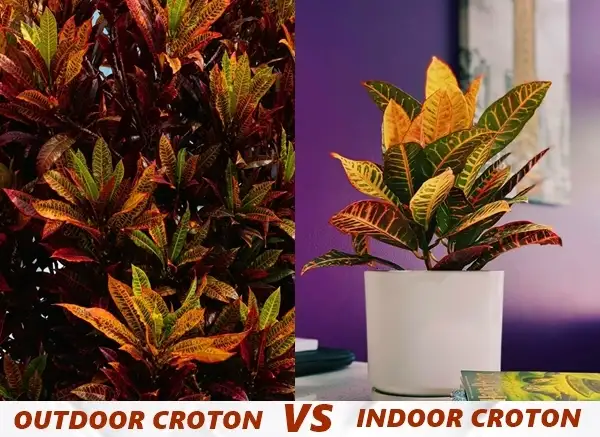
| Environment | Average Height Range |
|---|---|
| Indoor Crotons | 2 to 6 feet (0.6 to 1.8 meters) |
| Outdoor Crotons | 3 to 10 feet (0.9 to 3 meters) |
8 Expert Tips to Boost Growth in Croton Plants
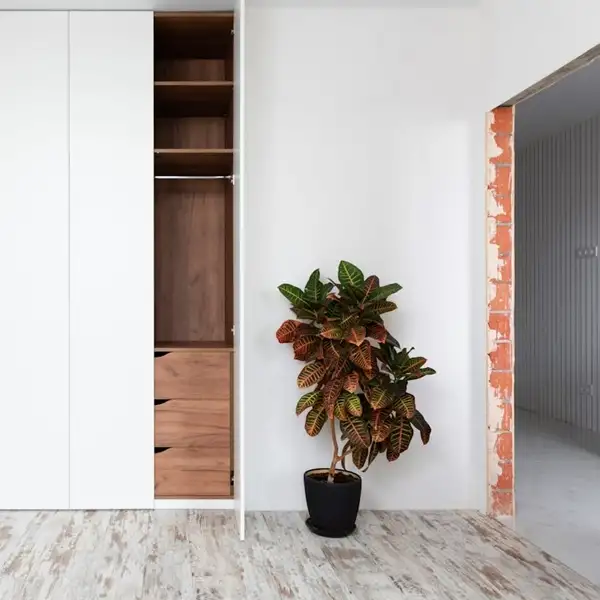
The key to promoting vibrant growth begins with attention to ideal growing conditions. Consistently maintaining them helps instigate desired growth.
- Care routines like regularly checking soil moisture to ensure it remains adequately moist (not drenched) help.
- Hydrate the plant until water drains freely pot’s base. Then wait foregoing watering again till top inch layer starts to dry out.
- Fertilizing is another crucial element, involving the use of soluble fertilizer at a milder strength to avoid harming sensitive roots. Use it monthly during spring and fall.
- Avoid fertilizing in winter, as plants generally rest during this period and do not require feeding.
- Equally important is providing indirect but bright light, with a few hours of direct morning sun.
- Being tropical natives, they enjoy warmer temperature ranges (60-85°F).
- Further, it’s wise to note that larger pots promote more vigorous growth due to the larger rooting space capacity.
- Pruning is also useful to restrict size and encourage a bushier look; it is best performed in spring.
5 Common Challenges in Growing Tall Croton Plants
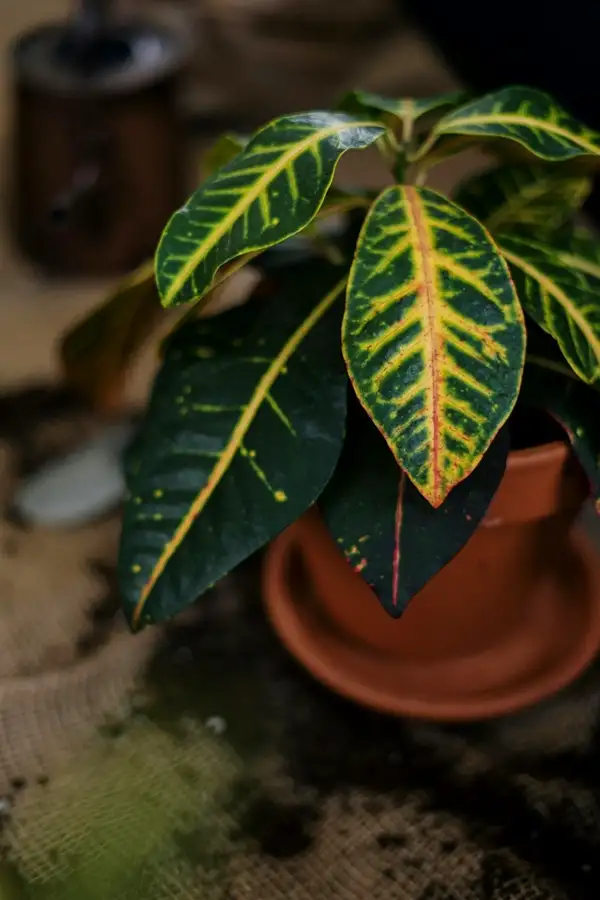
Despite our best efforts, challenges growing crotons may persist.
| Challenge | Description | Mitigation Strategies |
|---|---|---|
| Pest Infestations 🐛 | Common pests like spider mites, mealybugs and aphids can stunt growth and damage foliage |
|
| Improper Watering 💧 |
|
|
| Inadequate Lighting 🌤️ | Insufficient light can result in leggy growth and dull leaf coloration | Place crotons in bright, indirect light, providing a few hours of direct morning sun to enhance leaf vibrancy |
| Low Humidity 🌫️ | Dry air can cause leaf browning and drop, affecting overall plant health |
|
| Temperature Fluctuations 🌡️ | Exposure to cold drafts or sudden temperature changes can stress crotons & lead to leaf drop |
|
What to Expect – How Tall Can Your Croton Grow?
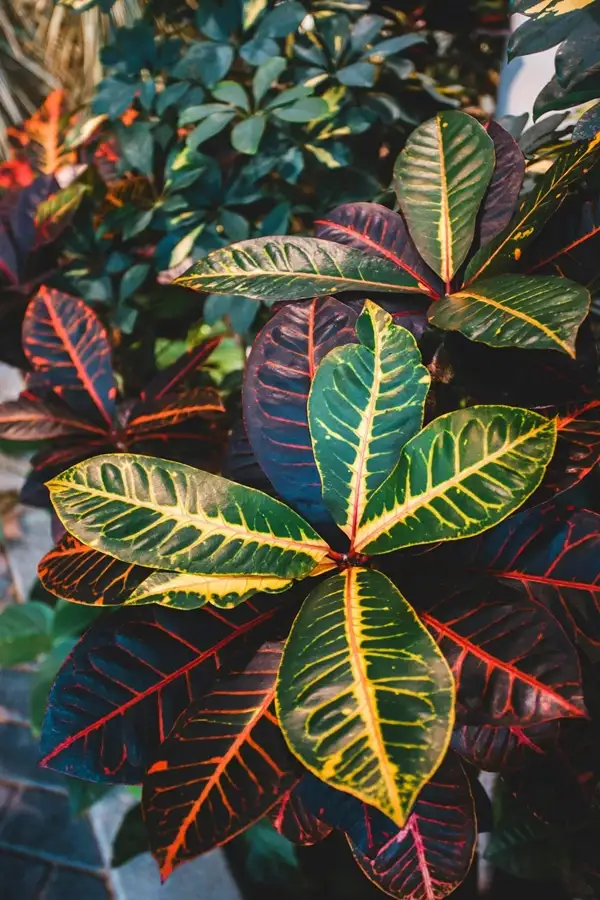
So how tall does a croton grow? The answer is – it varies. For one to better manage expectations, understanding and appreciating the variances in specific genus traits play a pivotal role.
Having clarity about their habitual care patterns and the appropriate environment they require provides the chance to witness the mesmerizing sight of lush, vibrant crotons at their fullest stature, even within varied space constraints.
Lastly, embracing patience fosters a deeper love for gardening, as you anticipate the unfolding of natural beauty. As Maria Hanlin, a southern gardener, aptly put it-
‘Gardening teaches us to enjoy the journey as much as the outcome.’
Frequently Asked Questions
Can I put my indoor croton plant outside?
Yes! but only in warm temperatures (60-85°F). Acclimate it gradually to avoid shock and protect it from extreme weather.
Do crotons grow in full shade?
No, they need bright, indirect light. Too much shade slows growth and dulls leaf colors.
What is the difference between croton and Petra croton?
Petra crotons have broader leaves with vibrant red, yellow & green patterns while other crotons vary in shape & color.
What are Croton plant indoor benefits?
Crotons purify air, enhance décor & create a vibrant, mood-boosting environment.





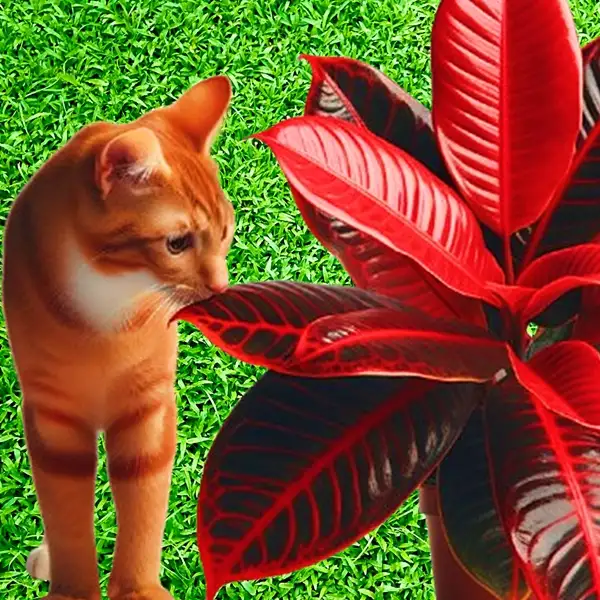
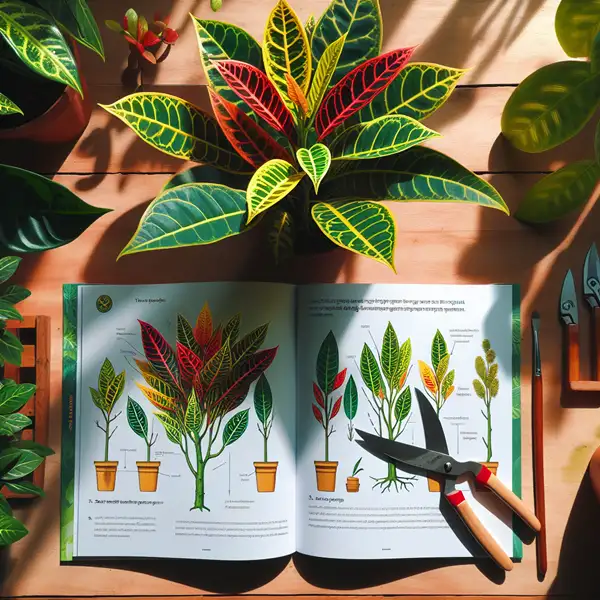
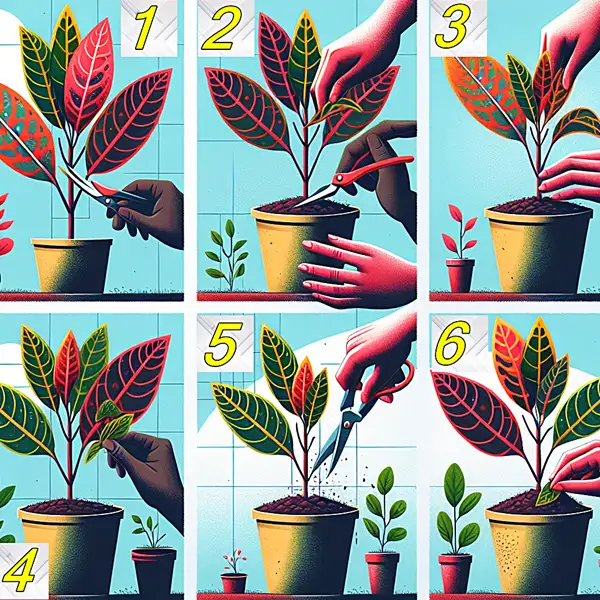

very nice put up, i certainly love this website, keep on it